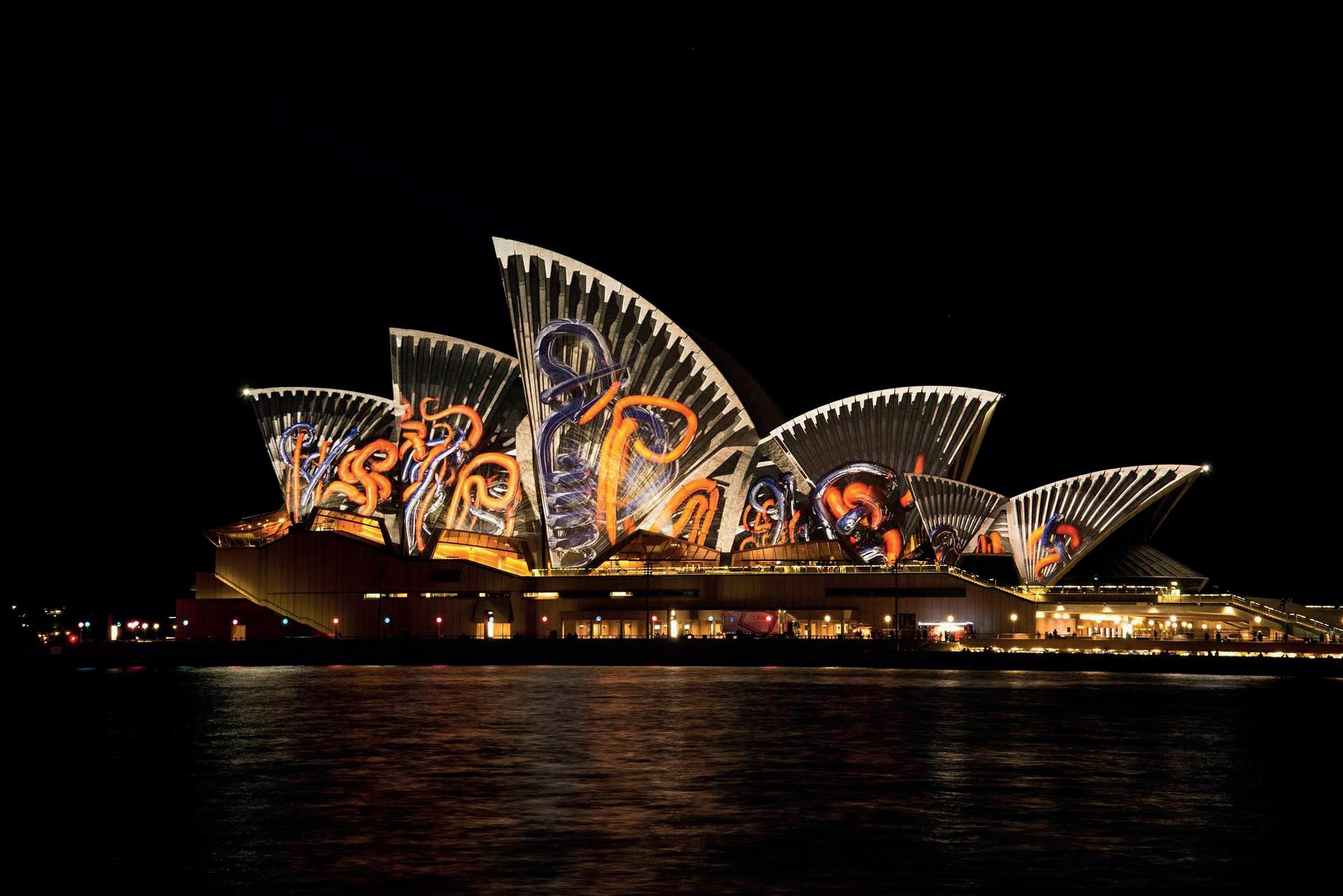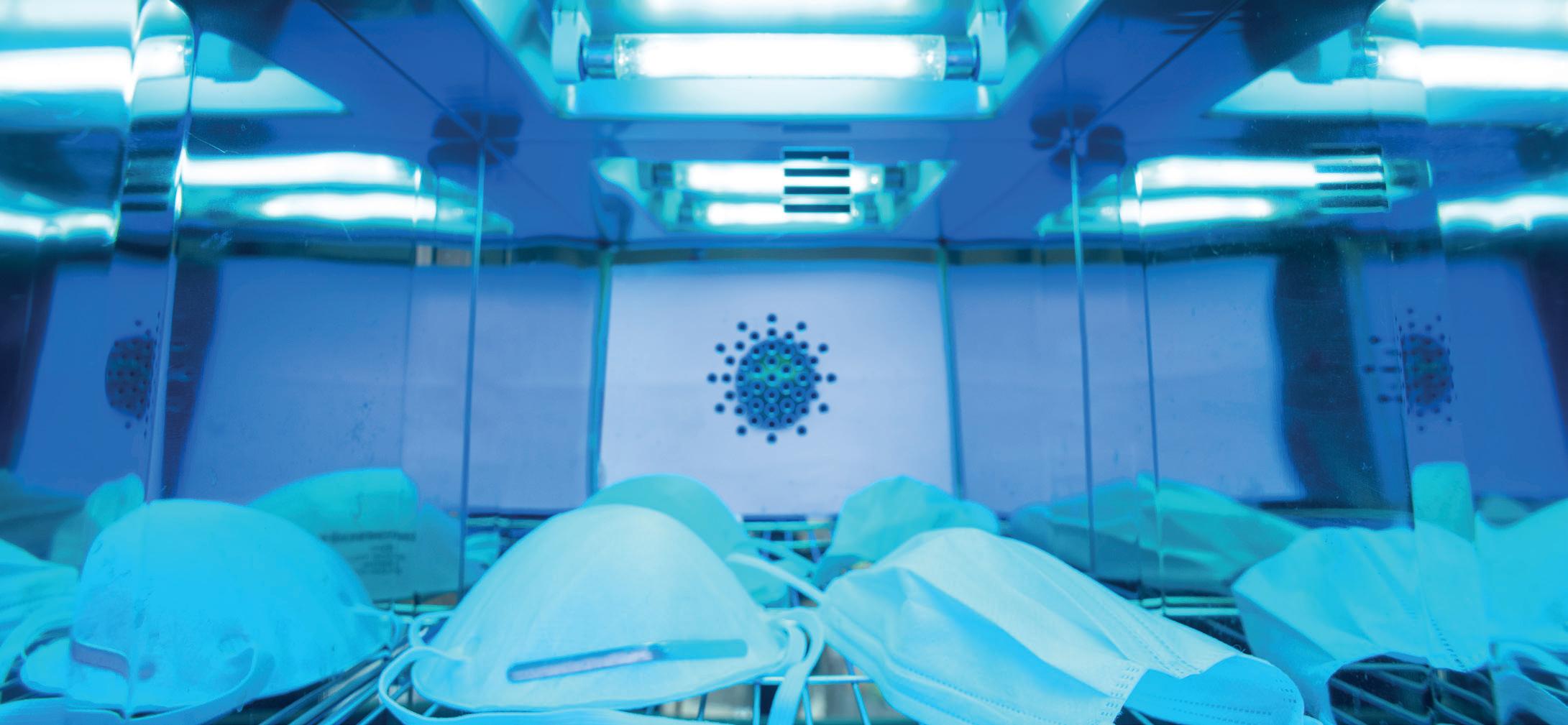
6 minute read
THE AMBIENT LIGHTING MANIFESTO
Peter Boyce, Kit Cuttle, Kevin Kelly and Peter Raynham call for a paradigm shift in lighting practice
Kevin Kelly
Advertisement


Kit Cuttle Peter Boyce

Peter Raynham

Progress in society, science and technology often depends on a paradigm shift – think CURRENT PRACTICE Lighting as currently practised is an activity undertaken by a number of different Germaine Greer, Albert groups ranging from professional lighting Einstein and Tim Berners-Lee. We believe designers, through lighting equipment interior lighting, as generally practised, is ripe manufacturers, architects and building for a paradigm shift. services engineers to electrical contractors.
We believe that the paradigm shift These groups have different levels of required is to stop designing lighting to expertise and different income streams, deliver a specified uniform illuminance on meaning the amount of time they can a horizontal working plane, and to start spend on a lighting design varies, but they giving priority to lighting the space rather do have two things in common. than just focusing on the visual tasks. First, they all use software to develop There are four reasons for this belief: than others. Second, they mostly follow • The way information is delivered has the illuminance standards produced by changed. Today, a lot of the information authoritative bodies, both national and necessary for task performance international. Even professional lighting is delivered through self-luminous designers do this, because to do otherwise screens. Unlike paper-based tasks, poses a risk of litigation should the client information on screen does not require be dissatisfied. task illumination for it to be visible. This The consequences of current practice means much lighting is being designed are many and varied. By designing lighting to fulfill needs that no longer exist. for a nominal task illuminance on a • The number of tasks that require horizontal working plane, one consequence visibility of fine detail is much reduced. is that light is being delivered where it is
This has occurred partly through not needed at a level that is not necessary. the wider availability of good quality In other words, energy is being wasted. photocopying and printing, and partly Excessive energy consumption has through the growth in machine vision, implications for climate change. Further, computer power and robotics. Again, unless lighting practice frees itself from this means much lighting is designed to the chains of illuminance on a horizontal fulfill needs that no longer exist. working plane, there is a risk that lighting • Light is now recognised as generating will be seen as a simple commodity where both visual and non-visual responses, innovation and creativity are limited and both being important for human health price is everything. The implications for the and wellbeing. This recognition is lighting industry are not attractive. directing attention away from lighting the task to the light received at the THE OBJECTIVE eye. This means lighting designed To achieve the desired paradigm shift, to deliver a set illuminance on a what is required is to change the lighting hypothetical horizontal working plane standards produced by authoritative bodies is largely irrelevant to what should be such as ISO, CEN, CIE and SLL from the main functions of lighting: making illuminances and illuminance uniformity on the whole space visible and supporting a horizontal plane to minimum ambient human health illuminances. Ambient illuminance is defined • Continuing to define good lighting as the average flux density of the indirect by nominal task illuminance delivered flux field within the volume of a space. to a horizontal working plane means we will miss an opportunity to ensure lighting will make a real contribution to enhancing human health and happiness. It may also lead to a waste of energy and financial resources, and cause damage their designs, some more sophisticated to the environment. ‘Ambient lighting is real
human-centric lighting’ 6
As such, it involves consideration of the distribution of light throughout the space and can be expected to relate to peoples’ perceptions of the space. It would also be a better approach to quantifying the nonvisual impact of lighting as it provides an estimate of the amount of light that will be received by the eyes. Ambient lighting is real human-centric lighting.
A design method suitable for this paradigm shift, the Lighting Design Objectives (LiDOs) procedure, already exists (Light Lines, July/August, 2020). The LiDOs procedure first requires the practitioner to specify the objectives of the lighting installation. Once this is done, the ambient illuminance can be determined and target surfaces to receive direct flux selected, enabling objectives to be met by adjusting the target/ambient illuminance ratio values. This can cover situations ranging from where visually difficult tasks occur and the ambient illuminance is insufficient to creating distributions of emphasis to achieve envisaged visual effects. It is worth noting that the LiDOs procedure is very flexible and does not limit the possible outcomes. It even allows a uniform illuminance across a horizontal working plane to be produced if that is the objective.
HOW TO GET THERE To achieve such a paradigm shift we will need to gain the support of a number of different groups: lighting designers, lighting manufacturers, lighting regulators, professional lighting societies and architects. Among the questions that will have to be addressed are: • How will lighting practice be changed? • Will the change increase energy consumption? • What are the costs of ambient lighting compared with the current practice? • What are the opportunities for the lighting industry? • Will it lead to architects and lighting designers working more closely together? • Can design software be rewritten to support the LIDOs procedure? • What form should lighting standards take? • How can daylighting be incorporated into the LiDOs procedure?
San Francisco offices of international law firm Covington, lighting design by Fisher Marantz Stone: 'start giving priority to lighting the space rather than just focusing on the visual tasks'
There are a number of activities needed before the desired paradigm shift can occur: 1 Research aimed at identifying suitable metrics for quantifying ambient lighting and appropriate levels of these metrics for inclusion in standards is essential. 2 Research is needed to establish that giving priority to ambient lighting results in a better human response to an interior than current practice, both on

3
4
5 first sight and after prolonged exposure. Development of a reliable and robust ambient illuminance meter. Research is required to estimate the financial and energy costs of implementing an ambient lighting approach relative to current practice, including any attempts to influence human health with light. The present understanding of lighting
6 efficiency may be literally turned upside down – and needs further investigation. Given the conservative nature of the authorities which prepare lighting recommendations it is likely that a transitional phase will be required if the movement from standards based on task illuminance on a horizontal working plane to standards based on ambient illuminance is to succeed.
A transitional lighting standard would be one in which application tables are given in terms based on current practice (illuminance and uniformity) and in terms suitable for ambient lighting (MRSE, MICI, TAIR and so on). This would allow lighting practitioners to use whichever approach they thought was best suited for a given project. Lighting regulators, such as those revising EN 12464-1, should prepare for this transition by providing information on the ambient lighting approach as soon as possible.
CODA There is a long way to go before a shift from working plane lighting to ambient lighting can be justified and made to occur. However, it will never happen unless all those involved lift up their eyes from the horizontal working plane and see the opportunities for better lighting practice presented by ambient lighting.





